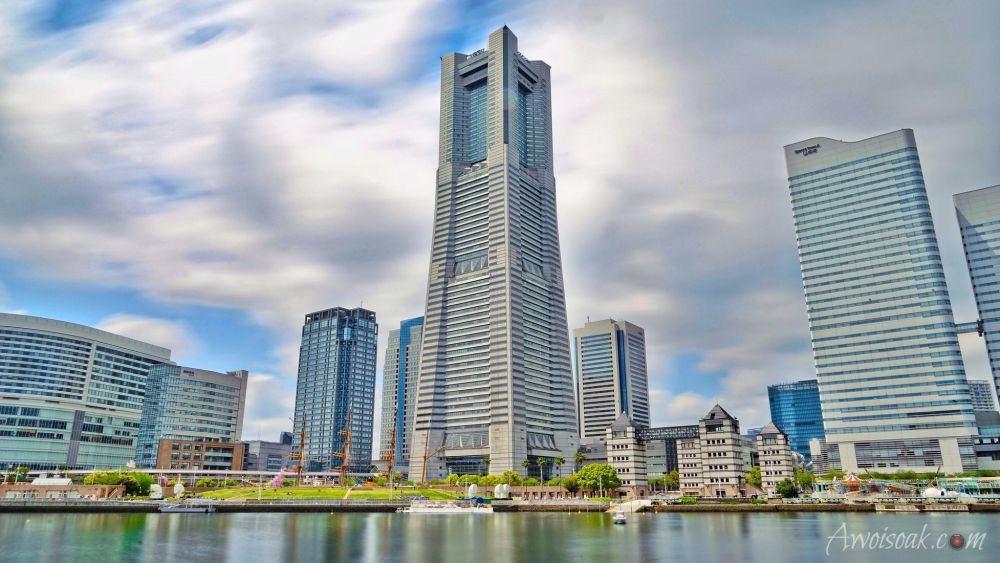

Yokohama, located in the Kanagawa Prefecture of Japan, is the nation's second-largest city by population after Tokyo. Historically speaking, Yokohama was one of the first Japanese ports opened to foreign trade in 1859, following the country's period of national seclusion. This development has played a significant role in Yokohama's history, including its tourism sector.
This port city has since capitalized on its international connections and attractive bayside location to become an important hub for tourism in Japan. The Landmark Tower, in particular, is one of the city's most prominent tourist destinations and has contributed significantly to the city’s tourism landscape.
Completed in 1993, The Landmark Tower was officially opened to the public in 1994, instantly becoming one of Yokohama's iconic structures. At 296.3 meters tall, it was the tallest building in Japan until 2014 when the Abeno Harukas in Osaka surpassed it. The tower features a 69-second high-speed elevator, which was the world's fastest at the time of its completion, and a 360-degree observatory on the 69th floor called the Sky Garden offering panoramic views of the city, Tokyo Bay, and Mount Fuji.
The inauguration of The Landmark Tower greatly influenced tourism in Yokohama by drawing visitors from around the world amused by its architectural wonders and high-tech features. Adjacent to the tower is the Landmark Plaza shopping mall, the Dockyard Garden, a wide array of restaurants, and the Yokohama Museum of Art, all of which have contributed to the area as a bustling tourist destination.
In recent years, Yokohama has seen a trend towards experiential tourism, with visitors seeking authentic experiences that go beyond traditional sightseeing. For example, international cruises that dock at Yokohama Port have become increasingly popular, incorporating Yokohama’s sightseeing spots—including The Landmark Tower—into their itineraries. Furthermore, the rise of social media has also seen a shift in tourist attractions, with more people visiting locations that are deemed 'Instagram-worthy', and The Landmark Tower's Sky Garden provides plenty of such photo opportunities.
Eco-tourism and sustainable travel practices are also developing trends, with Yokohama and its businesses, including the facilities around The Landmark Tower, adopting more eco-friendly practices to appeal to environmentally conscious travelers.
In summary, the significance of The Landmark Tower in Yokohama's tourism history is unmistakable. As a monument of modern architecture and a beacon for development in the region, it continues to attract global visitors and plays a critical role in the story of Yokohama as a leading cultural and tourist destination in Japan.